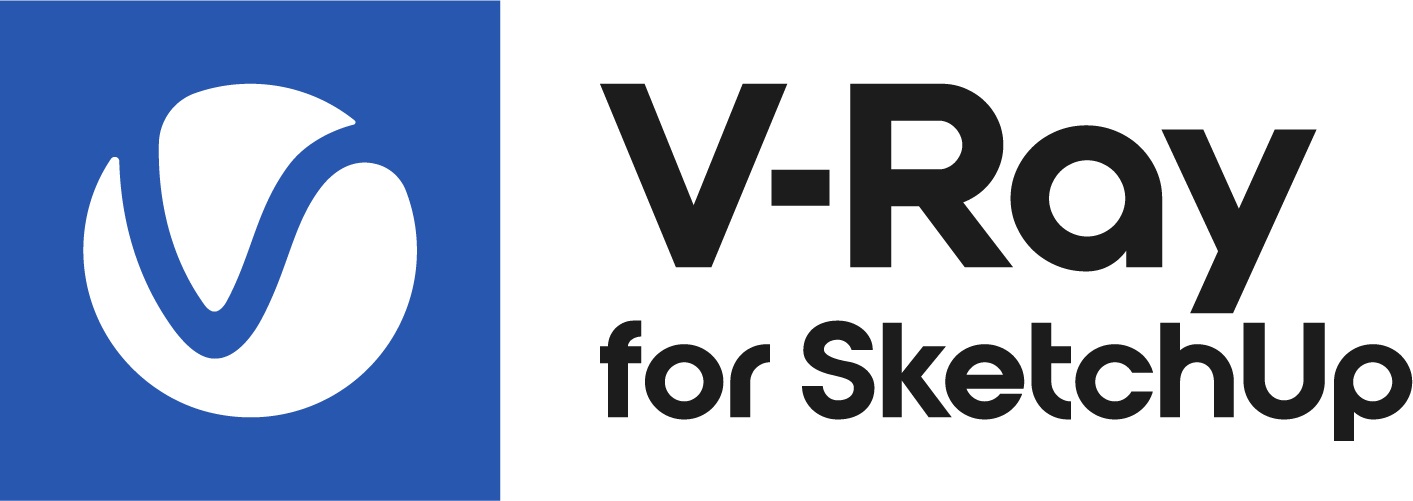This page provides details on the Distributed Rendering rollout in the V-Ray Asset Editor.
Overview
UI Path
||V-Ray Asset Editor|| > Settings > Distributed Rendering
Distributed Rendering
Enabled – Turns Distributed Rendering on and off.
Mode – Selects between Classic DR and Swarm Mode.
Swarm
The new V-Ray Swarm is a web-based distributed rendering system. It’s a simple, yet powerful way to split your rendering across multiple computers.
V-Ray Swarm 2 has released a new version: 2.0.17. This update makes the setup process easier by removing the need for an Origin node. Download the latest V-Ray Swarm 2 version and see the Release Notes here.
V-Ray Swarm 2.0.17 is incompatible with the previously released 2.0.15, i.e. all Swarm instances in the cluster should be updated.
V-Ray SWARM ( ) – Opens up the V-Ray Swarm web interface of the current machine. Alternatively, it can be accessed by typing in the IP address of the current machine on the default port 1113. This allows you to see the swarm render node machines available for rendering jobs in your network. You can see which of the render node machines are connecting to the particular machine that is casting out the render to the Swarm by the IP address next to its status. This interface also allows you to configure the render node machines, tag them, or monitor their resource utilization while rendering.
Each machine participating in the render job, including the workstation initiating the rendering process, requires a V-Ray Render Node license.
Tags
Tags allow you to tag this node with a descriptor that defines something about the machine, which we can later use to selectively control from inside SketchUp.
For example, tags can denote whether this machine is one of a few with a powerful GPU or if it is not a workstation or a node on a render farm.
For information on how to use Tags, see the Swarm Configuration page.
Once the render process is initiated, machines marked with the selected tags load the scene and assist with the rendering.
Classic DR
The new Classic DR feature allows you to configure their Distributed Rendering setup manually. To use this mode, you have to set the V-Ray running machines in server mode as render nodes, and to configure the client UI with the Host names and ports of those nodes.
+ – Adds a new host to the host list.
– Enables or disables hosts for rendering. This checkbox allows the host to be kept in the list without participating in the DR process.
IP/Name – Displays the host IP or name.
Port – Displays the host port. The default port is 20207.
x – Deletes the host from the host list.
Host information is stored at system level and made available across projects of the same installation, so it does not have to be configured for every project.
Render Node Setup
To use the Classic DR mode, all render nodes need to have the same V-Ray version installed. Here is how to enable this.
Installing V-Ray Standalone
Run the V-Ray Installer. On the Host App Version screen, uncheck all versions. Click the Advanced button to continue.
Installing V-Ray Standalone
On the Additional Components screen, select V-Ray Standalone and complete the installation.
Running V-Ray Standalone as Server
Obtaining Server Port
Obtaining Server IP
ipconfig command in a separate Command Prompt. There might be multiple IP addresses depending on the configuration of the machine. Which one to use depends on how the server is accessed (wireless, Ethernet, etc).Don't Use Local Machine
When enabled, the local machine is not used for rendering, while the other Swarm nodes are rendering the image.
Footnotes
- Overall Bucket image sampler is recommended for production distributed rendering jobs.









